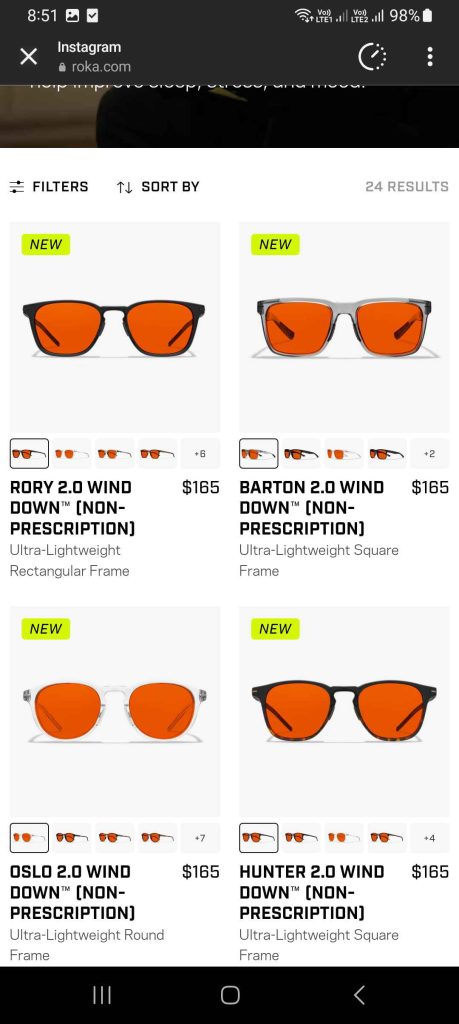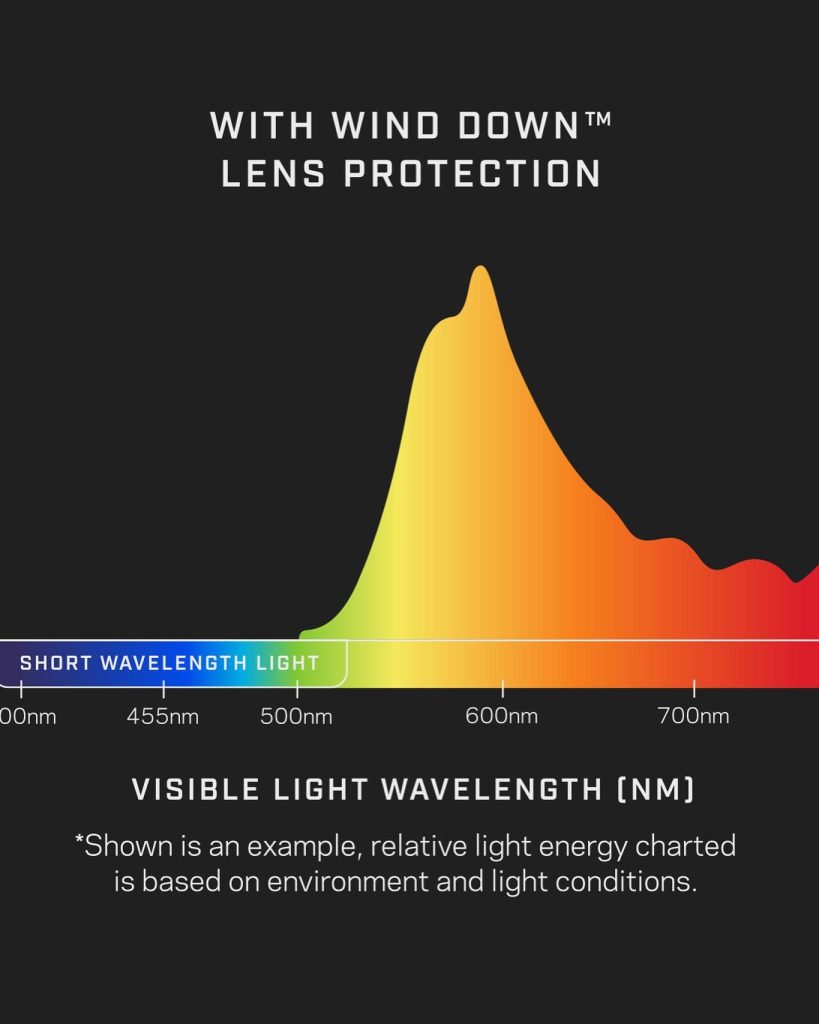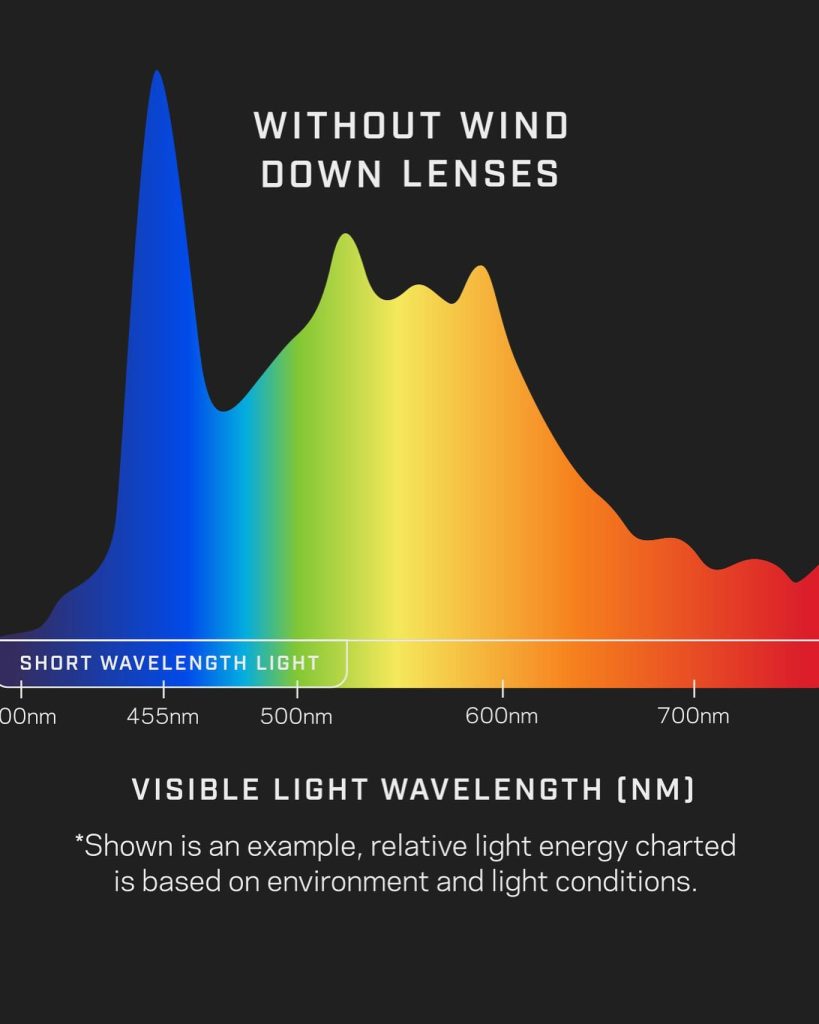Dr. Andrew Huberman, recently unveiled a collaboration with Roka to sell “Wind Down” red lens glasses for $165. Claiming that these glasses support better sleep and reduce cortisol levels by filtering out short wavelengths of light, Huberman’s promotion sharply contrasts his previously cautious stance on red light therapies. This launch raises questions about the shift in his approach: from promoting evidence-based skepticism to capitalizing on a highly marketed wellness trend.


Exaggerated Claims About Melatonin Suppression
While it’s true that exposure to certain wavelengths of light—especially blue light—can delay melatonin production, the claim that “very little light energy” at night can “abolish” melatonin production is an oversimplification. Studies do show that bright light can delay melatonin, but most household lighting doesn’t come close to the brightness required to entirely abolish melatonin, especially when compared to the light intensity of daytime sunlight. The notion that even minimal light will “severely alter” sleep quality is misleading without clear distinctions about light intensity and exposure duration.
Ambiguous Claims on Cortisol and Glucose Levels
The idea that bright light at night elevates cortisol and fasting glucose is also questionable. Research does show that irregular light exposure can affect cortisol rhythms, but the exact relationship between light exposure, nighttime cortisol, and fasting glucose levels is still inconclusive. This argument overemphasizes the effects of nighttime light without considering other variables—like diet, sleep consistency, and stress levels—that play a much larger role in morning glucose levels. Presenting this effect as established fact is an overreach, as the science on these connections is far from settled.
- Knaier et al. (2017b) – Research indicating that blue light increases physical performance challenges the notion of blue light as inherently problematic. This study could indirectly downplay melatonin suppression’s significance by emphasizing blue light’s potential for enhancing physical alertness and energy levels, which could benefit both mental and physical performance during waking hours.
- Tähkämö et al. (2019) – This systematic review on blue light’s influence on circadian rhythm could provide an overview of the variety and complexity of effects that blue light has on sleep-wake cycles, including findings that contextualize melatonin suppression. If this review indicates that blue light’s influence on circadian rhythm is significant primarily in certain settings (e.g., nighttime, excessive screen exposure), it could argue against the idea that blue light exposure always has strong, negative effects on melatonin and sleep.
Cortisol’s Link to Anxiety and Depression Needs More Context
Elevated cortisol at night has been associated with stress-related disorders, but attributing anxiety and depression directly to light exposure and cortisol levels is an oversimplification. Anxiety and depression are complex conditions with multifaceted causes, and the claim might give consumers the impression that light exposure alone is enough to trigger or exacerbate these mental health issues. This is not only inaccurate but could be seen as a scare tactic to encourage product use.
- Strong et al. (2009) – This study highlights that blue light exposure can have positive effects, particularly in alleviating symptoms of major depression. This suggests that blue light’s impact isn’t universally harmful and that its influence on mental health and mood could, in certain contexts, even be beneficial. This finding can temper the common portrayal of blue light as solely detrimental, particularly concerning mental health and overall well-being, which may indirectly affect sleep quality.
- Vandewalle et al. (2013) – The study showing blue light’s stimulating effect on cognitive brain activity implies that blue light exposure can enhance alertness and mental performance, especially during the day. This could mean that the effects of blue light are context-dependent; while blue light might influence melatonin at night, exposure during the day may support productivity and mental acuity. This context-based benefit suggests that blue light’s impact on melatonin isn’t universally harmful and may be strategically used for cognitive and mood-related benefits.
Questionable Claims About Reducing Other “Short Wavelengths”
The post claims that these glasses filter out “other short wavelengths of light” in addition to blue light. This sounds impressive but is misleading because the primary wavelengths implicated in melatonin suppression are blue (roughly 480 nm). Shorter wavelengths like violet aren’t as impactful for circadian disruption, and there’s little evidence that blocking them will offer significant added benefits. The mention of “other short wavelengths” seems more like a marketing tactic to make the glasses sound advanced, without much added value to back it up.


Overstating the Convenience Factor
The claim that these glasses allow users to “enjoy phones, computers, movies and going out to dinner” without disrupting sleep sounds appealing, but it’s somewhat unrealistic. Red-tinted glasses alter color perception and can diminish visual accuracy, especially for screens or any activity that requires color discrimination. While the glasses may help reduce some melatonin suppression in theory, they’re not a catch-all solution, and using screens late at night can still disrupt sleep simply by virtue of keeping the mind alert.
To boot, Aliexpress offers a selection of red lens non prescription glasses raging in price from a dollar to $17.

Avoiding Evidence Gaps in Red Lens Effectiveness
While red-tinted glasses may reduce blue light exposure, they don’t entirely eliminate it from the environment. Furthermore, research on red lenses specifically for sleep improvement is limited compared to standard blue-blocking glasses. Marketing them as a solution for a smooth transition to sleep is potentially misleading without clearer scientific backing that red-tinted glasses are effective beyond ordinary blue-blocking glasses.
Overlooking Lifestyle Solutions in Favor of Product Use
Instead of promoting a realistic approach to managing nighttime light exposure—like dimming indoor lights, using devices’ night mode, or simply reducing screen time—the post implies that expensive glasses are necessary to prevent melatonin suppression. This undermines simpler, often more effective solutions that don’t require a product purchase. Suggesting that only “hard and expensive” measures can control light exposure at night makes the glasses sound indispensable, which borders on manipulative marketing.
Previous skepticism
In an episode of his own podcast two years ago, Huberman cautioned about products trying to capitalize on red therapy light trends – and noted that they needed further research. Not to mention that a caveat to a lot of the science of viewing red light is tied to a research that showed a statistically significant change in men over 40 as opposed to general popualtion.


